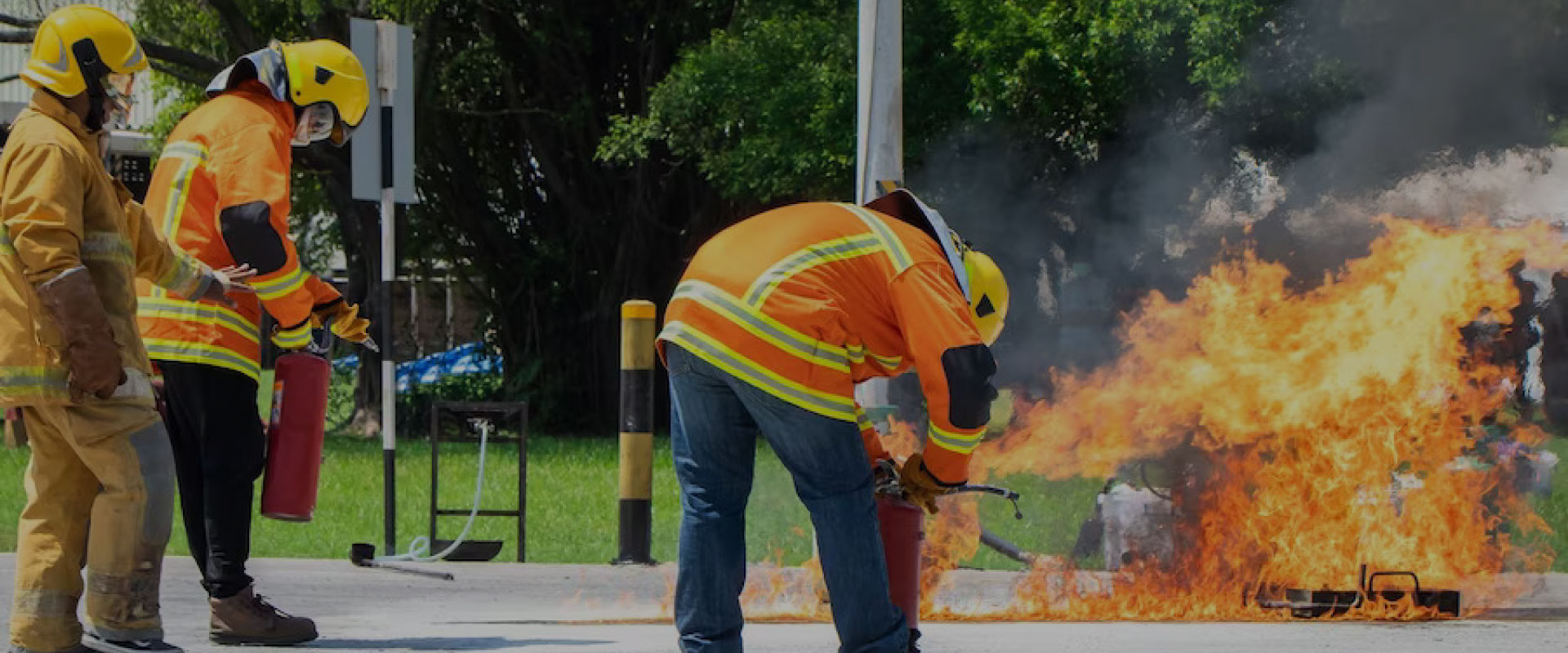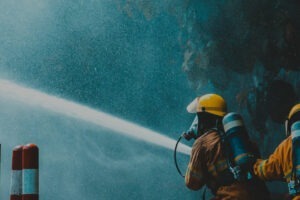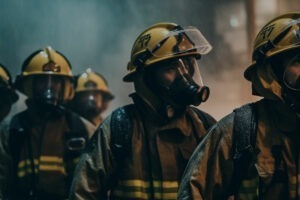
Fire Safety Instructions: Protecting Lives and Property
Introduction:
Fire safety is a critical aspect of ensuring the well-being of individuals and the protection of property. Knowing how to prevent fires and respond effectively in case of an emergency is essential for everyone. This article provides a comprehensive guide to fire safety instructions, offering valuable tips and procedures to minimize the risk of fire and maximize personal safety.
Understanding Fire Hazards:
a. Identifying common fire hazards: Flammable materials, faulty electrical systems, improper storage of chemicals, and smoking in prohibited areas.
b. Conducting regular inspections: Ensure that fire extinguishers, smoke detectors, and fire alarms are in proper working condition.
Fire Prevention Measures:
a. Electrical safety: Avoid overloading sockets, replace damaged cords, and unplug electrical appliances when not in use.
b. Proper storage and handling of flammable substances: Store flammable liquids in designated containers and areas, away from heat sources.
c. Safe smoking practices: Designate smoking areas, use designated ashtrays, and dispose of cigarette butts responsibly.
d. Kitchen safety: Maintain cleanliness, supervise cooking appliances, and never leave cooking unattended.
Emergency Preparedness:
a. Develop an evacuation plan: Create and communicate a detailed plan with designated meeting points and escape routes.
b. Conduct fire drills: Regularly practice the evacuation plan to ensure everyone knows what to do in an emergency.
c. Emergency contacts: Keep a list of emergency phone numbers easily accessible.
Fire Response Procedures:
a. Alert others: Sound the fire alarm and call emergency services immediately.
b. Evacuate calmly: Leave the building using the nearest exit and avoid using elevators. Assist those who require help.
c. Stay low in smoke: If smoke is present, crawl to minimize inhalation of toxic fumes.
d. Do not re-enter the building: Wait for the fire department to give the all-clear before returning.
Proper Usage of Fire Safety Equipment:
a. Fire extinguishers: Learn how to use them correctly, following the PASS method (Pull, Aim, Squeeze, Sweep).
b. Smoke detectors: Test regularly, replace batteries annually, and never disable them.
c. Fire blankets: Familiarize yourself with their location and proper deployment methods.
Workplace Fire Safety:
a. Conduct fire risk assessments: Identify potential fire hazards, implement preventive measures, and provide adequate fire safety training.
b. Maintain clear exits and pathways: Keep evacuation routes free from obstructions.
c. Promote fire safety awareness: Conduct regular training sessions and share safety reminders with employees.
Conclusion:
Fire safety is a collective responsibility that requires a proactive approach to prevention and preparedness. By following these fire safety instructions, individuals can significantly reduce the risk of fire-related accidents and minimize the potential damage to lives and property. Remember, being well-informed and prepared is the key to staying safe in case of an emergency.
 Institute of Quality Technical
Institute of Quality Technical

